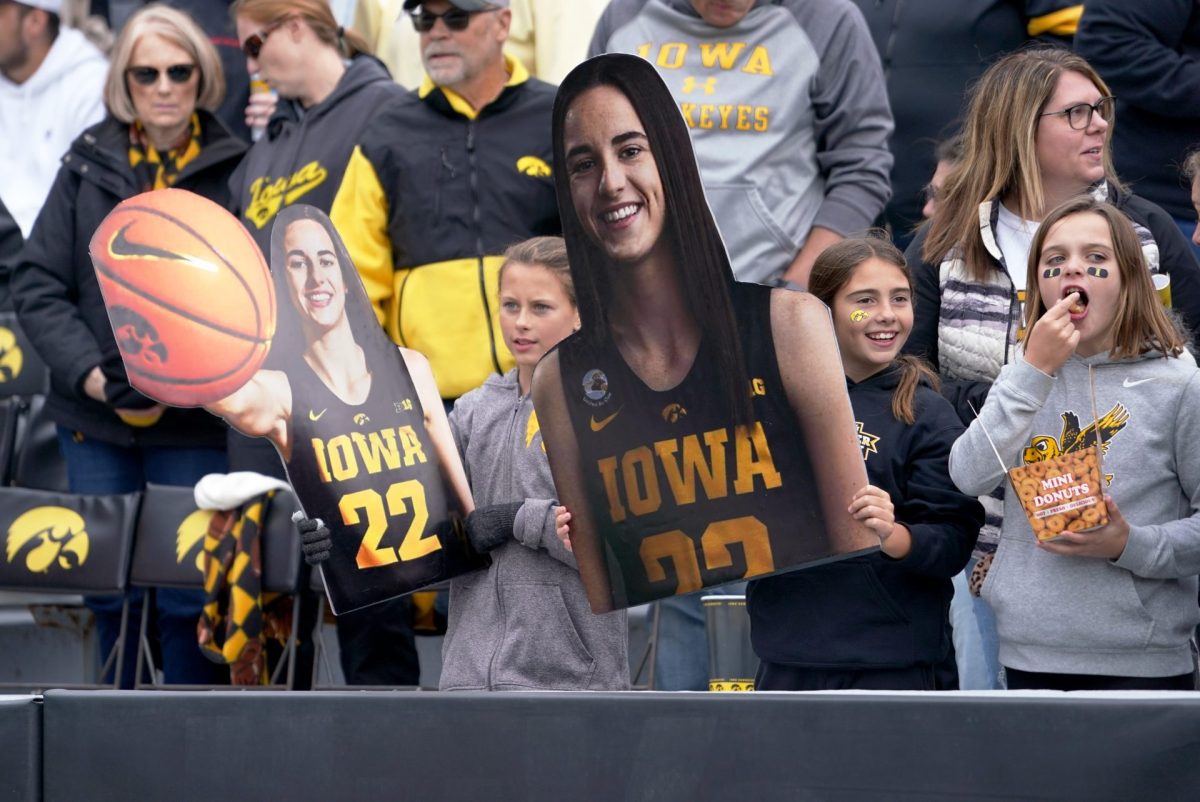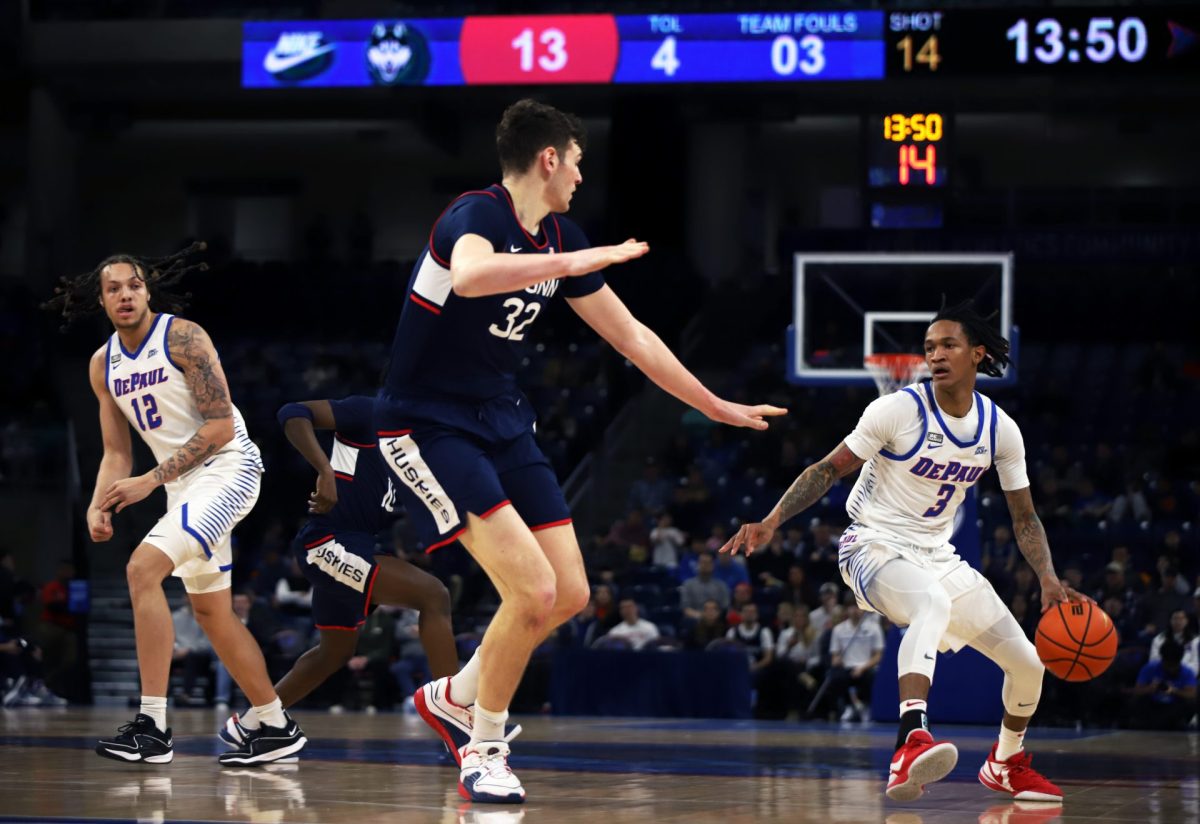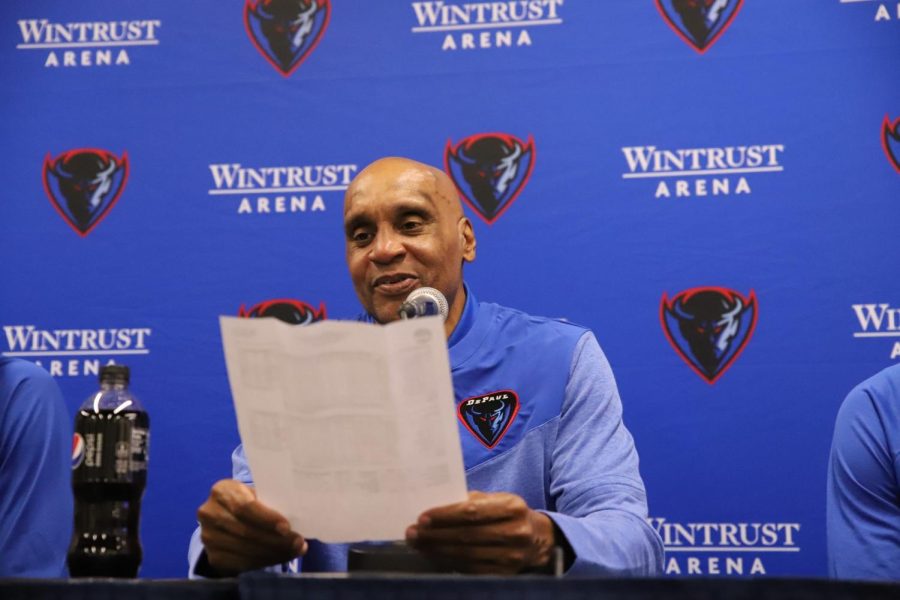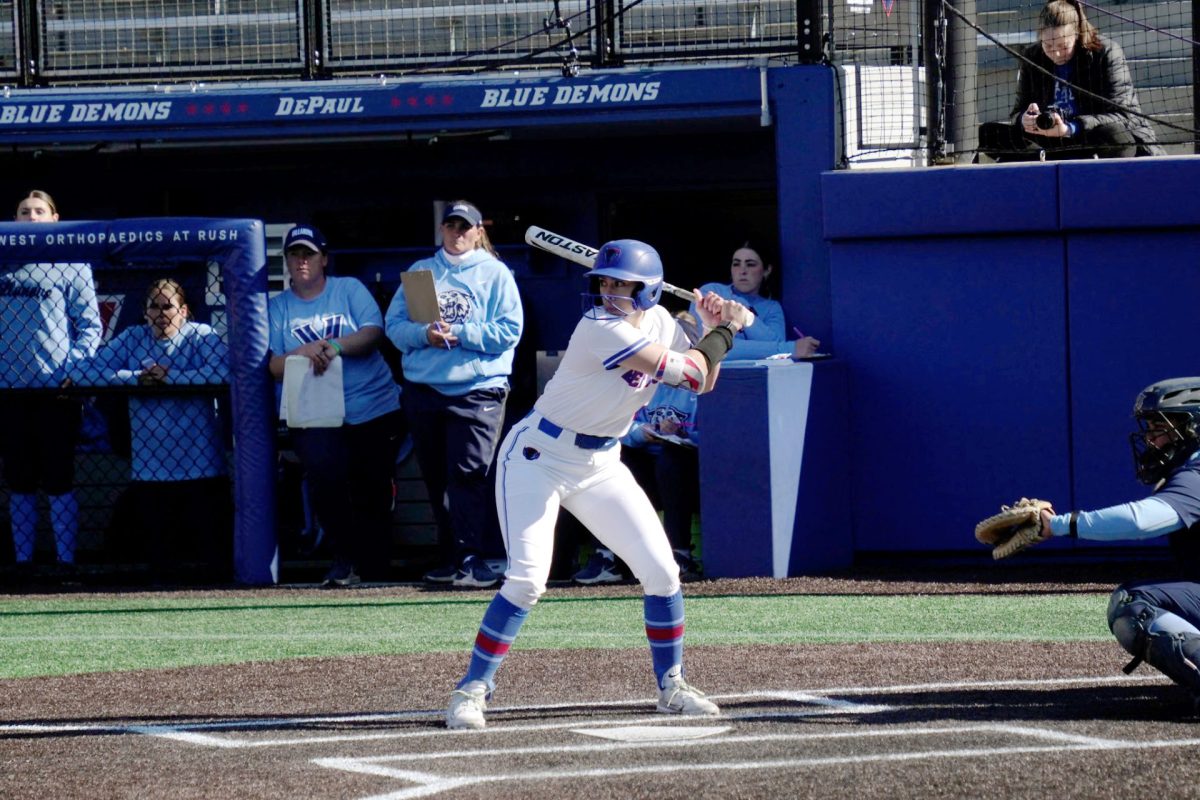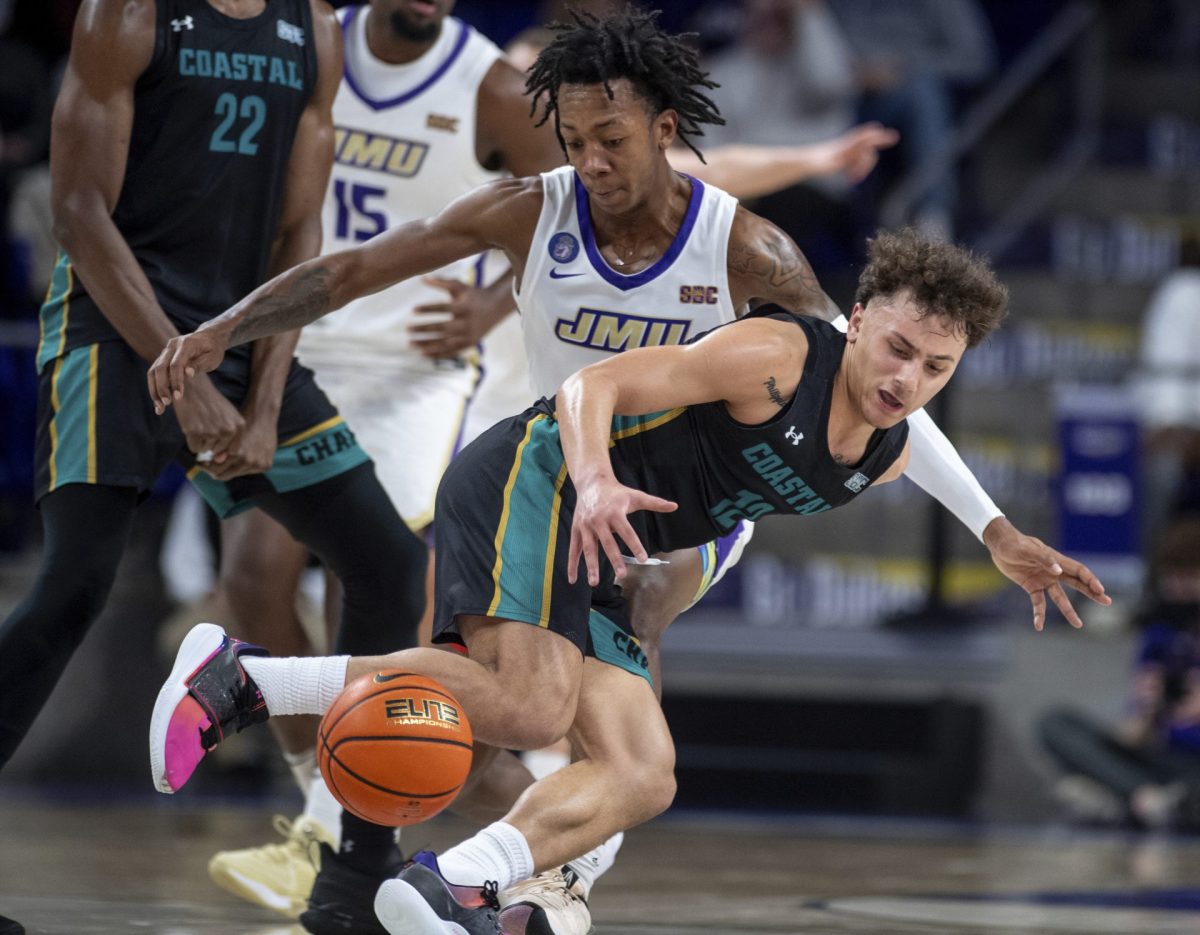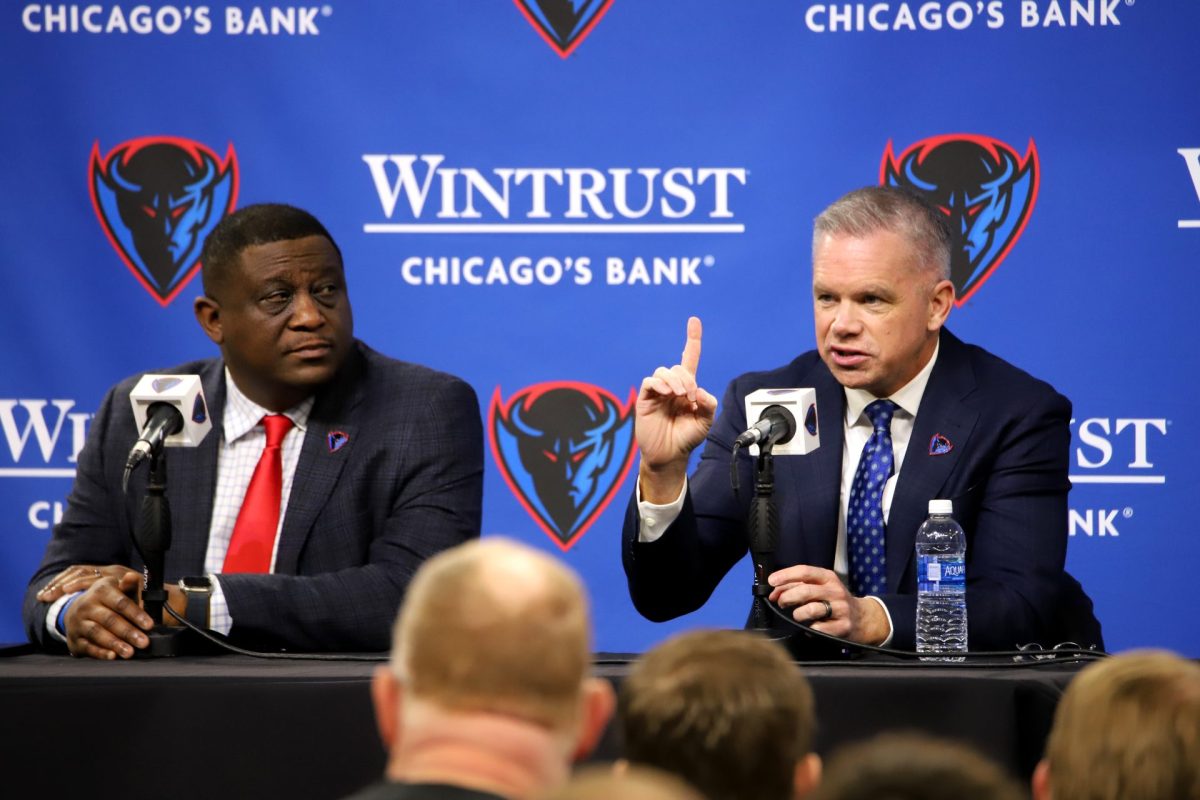From cavemen hurling sharp weapons in the direction of mastodons to athletes practicing their pitching for a game, the throwing motion has been around for hundreds of thousands of years.
Though these players have come a long way from their caveman roots, the throwing motion remains the same; however, for some young men, baseballs are their object of choice instead of spears. And they’re throwing them hard.
We are starting to see the wear and tear on these men’s arms catch up to them in their professional careers. In turn, the

impact on the game has been devastating.
So far in 2014, there have been 18 starting pitchers diagnosed with a torn UCL (ulnar collateral ligament) in the MLB. This tendon connects the forearm muscles to the triceps and bicep areas, controlling the standard elbow motions. To add a little more intensity to the issue, each player diagnosed has been under the age of 25.
To make matters worse, 16 position players have also been diagnosed with the injury. All have opted to undergo surgery, thus ending their seasons and forcing them into an efficient, yet grueling, 10-12 months of rehabilitation.
When searching for clarity on why these strong athletes are breaking down at such an alarming rate, we must consider a few things, starting with the motion of throwing a baseball and why that’s already a strain on one’s arm.
“When you’re pitching well, you’re doing your body a disservice. This is just one of the many sacrifices of baseball,” Ross Wolfson, long-time baseball coach, enthusiast and owner of PlayBall U in Mt. Prospect, Illinois, said.
“The motion is not natural. We’ve known this for years. Take softball for instance. Those young ladies are strong, yes, but they pitch so frequently and so effectively solely because the underhand motion is natural. Me personally, I’ve never heard of a softball player who needed Tommy John surgery.”
According to Harvard’s School of Physics, this overhand motion has evolved with humans over the last 100,000-200,000 years, thus creating the natural, catapult like motion that we use today. Our bodies also began to evolve once they realized that our arms were able to extend further, in addition to absorbing more energy.
Bones such as the humerous, as well as the elbow, have developed a twist along with different placement orientations, thus allowing the arm to move more naturally when making the overhead throwing motion. While the basic science of throwing shows that it is indeed natural, the energy and power being produced by today’s elite pitcher doesn’t fall into that category.
“It’s tough because it’s almost become a formality. Every pitcher has the surgery at some point.” Jake Walker of the DePaul club baseball team, said.
The issue starts and ends with the amateurs.
“For the most part, they all throw 90-plus. These 170, 180 pound kids don’t have the bodies to sufficiently transfer that energy properly. But they have live, quick arms. So naturally, that’s what they defer to,” Todd Fine, a regional scout for the Houston Astros as well as co-founder of Top Tier, one of the nation’s premier amateur baseball programs, said.
“It starts with velocity. And velocity equates to strain. These kids want to throw hard. And the ones who realize that they can at a young age take advantage of that. I hold myself, the parents, as well as any other coaches responsible for any kid who has arm problems as a teenager.”
The Super 60 Showcase is one of the premier amateur exposure events in the Midwest. Last year, the average mph for all pitchers was 86.7 — a high number for kids who are 16 and 17 years old. The highest would clock in at 93, with nine other arms breaking the illustrious 90 mph benchmark.
As we dig deeper into the issue, we realize that — like the game of baseball — this injury is unique. It is not one that simply happens during game action. It’s developed over time as a result of constant strain. According to CBS Sports, of the 18 professional pitchers who underwent the surgery this year, three are having it for the second time. In addition, nine of the 18 pitchers were clocked at 93 mph or higher when they were juniors in high school.
The trend of Tommy John surgery is certainly alarming. Yet there is a thin silver lining here where one can find optimism, and that lies with technology.
When 29-year-old Tommy John underwent the first UCL reattachment procedure as pitcher for the L.A. Dodgers in 1974, no one knew what to expect. The results would yield positive results for the baseball world, as John would go on to pitch 12 more full seasons in the big leagues, while earning 288 career wins. His 26-year career was the longest at the time of his retirement in 1987.
The results of the surgery have not waivered; they’ve improved. The recovery time is now 10-12 months as opposed to 12-14, and according to Baseball America, average fastball velocity – post Tommy John surgery – is up 1.2 miles per hour.
Since 1999, at least 25 pro arms would undergo the surgery, with those numbers spiking in 2009 at 53, then again in 2012 at 69, major and minor leagues combined. Average velocity at the pro level would see a 1-2 mph increase in each of the years following the 2000 season. The average velocity of a fastball now sits at 94.2; that is faster than a Russian scuba missile.
But let’s not forget these are world class athletes we are examining. Your average high school pitcher has less than a 1% chance of becoming that. Just ask Daniel Schoenfeld.
Schoenfeld, a senior pitcher for Evanston Township high school, knows the procedure all too well. After tearing his UCL before the spring season of his junior year, he wouldn’t pitch again until May 14 this year.
“I wasn’t sure how it actually happened. The doctor said it happened over time, which is what I had assumed,” Schoenfeld said.
“I never threw harder than 83, maybe 85 mph. But I always strived to throw harder. In turn, my arm suffered.”
The constant urge to throw 90 mph is apparent in baseball. It’s a speed that’s tough for batters to hit, and tough for pitchers to throw. Finding an answer to the Tommy John trend is difficult. We will not find one overnight.
But like all passionate, competition driven baseball men typically do, we’ll find a way.


